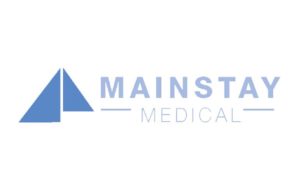 Mainstay Medical today announced the limited commercial launch of its ReActiv8 implantable restorative neurostimulation system in the U.S.
Mainstay Medical today announced the limited commercial launch of its ReActiv8 implantable restorative neurostimulation system in the U.S.
The Ireland-based company designed ReActiv8 to treat intractable chronic lower back pain. The system will be available in the U.S. through ReActiv8-certified physicians this summer.
“We are delighted to commercially launch ReActiv8 in the U.S. and make this innovative Restorative Neurostimulation therapy available to Americans suffering from intractable chronic low back pain. Supported by more than 10 years of clinical research, ReActiv8 is the only proven neurostimulation system to address mechanical intractable low back pain. Physicians will finally have access to a therapy to treat these patients beyond temporary treatments designed to merely mask the pain for a limited time,” CEO Jason Hannon said in a news release. “We are launching in a limited fashion to ensure we provide proper education to physicians and assist them in selecting the appropriate patients. We look forward to expanding the availability of ReActiv8 across the U.S. over the coming months and building on the momentum we have gained in Europe and Australia to continue to improve the quality of patients’ lives.”
The FDA granted premarket approval for ReActiv8 in June of last year. It treats chronic low back pain associated with multifidus muscle dysfunction, as evidenced by imaging or physiological testing in adults who failed therapy and are not candidates for spinal surgery.
Mainstay Medical also launched a new corporate website to support the commercial launch. It also launched updated tools, guidance and training materials to help identify prospective patients for ReActiv8 therapy, train physicians on the ReActivate system and help patients access ReActiv8 in the U.S.
“We are equipping ReActiv8-certified physicians with robust tools and information to enable proper patient identification and education. We expect that these resources will facilitate the identification of strong candidates for ReActiv8 and drive compelling patient outcomes,” Hannon said.